Monstera Care: [Soil, Humidity, Pruning and Problems]

What characteristics does the monstera have?

The Monstera is one of the most popular indoor plants, not only for its lush foliage but also for the ease of growing it at home.
Its scientific name is Monstera Deliciosa and it belongs to the Araceae family.
It is also popularly called Adam’s Rib, derived from the shape of its large, very green, split leaves, as if they were true ribs.
It has flexible stems, given its characteristic of an expert climber.
It needs to be fixed on a support to climb and grow vertically, holding on with strong, thick and whip-like roots, capable of sticking to trees, walls or stakes.
But it is necessary to decipher the ABC of its care, minimal but essential for this jungle species from the tropical regions of Mexico, in North America, to feel comfortable among us.
Unquestionably, the Monstera is a climber par excellence. Hence, it is convenient to lavish it with its own privileged space so that it can grow smoothly, be it in a corner of the terrace, in patios and, of course, in a spacious environment inside the house.
If grown in the garden, it will give beautiful flowers after three years of life, between the months of May to October. They are spathe-shaped and are usually a delicate cream color. It also produces a fruit that opens on its own when ripe, to reveal a pulp with a spicy citrus flavor, similar to a mixture between mango and pineapple.
What land needs does the monstera have?
A good substrate for green plants, nutritious, loose and that drains well is what the Monstera asks for in order to reach its maximum fullness. The drainage of irrigation water is achieved with the help of perlite, which must also be added.
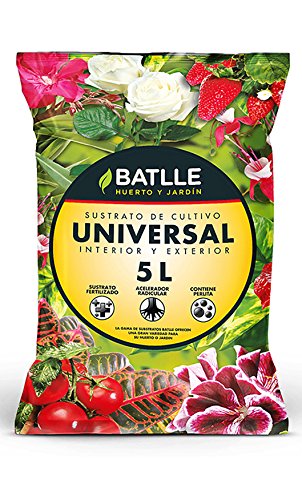
Fertilizer is essential to keep it healthy. Fertilizing with a dose of good fertilizer every 15 days (or monthly) helps it grow splendidly.
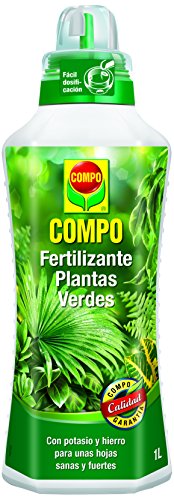
Doing it at the beginning of spring and at the end of summer is usual. In winter it is not stimulated because it will stop its vegetative growth.
How to make monstera grow strong and vigorous?
One of the keys in the alphabet of Monstera care has to do with lighting. As a plant of jungle origin, it is not used to direct sunlight, because it comes from a place where the sun’s rays are filtered, softened by the treetops that give it shade.
That is why the light must never receive it directly. If this happens, its showy leaves will burn until the plant is completely ruined. She adapts perfectly well to spaces with good light, without direct incidence, but is also capable of living in darker places. It gets used to it but its growth slows down.

Another capital piece of advice is to provide it with a tutor so that it can support itself and grow fully, without harm, because as its roots are aerial, it is necessary to provide it with a firm support. The use of stakes or trellises is not an option, it is an obligation in its cultivation, because it always seeks to grow vertically.
What humidity does monstera need?
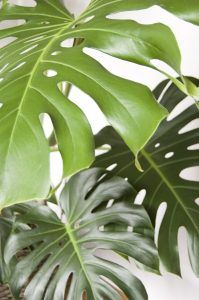 The Monstera really likes a humidified environment, although it is not essential, it is highly recommended to use a moisturizing fertilizer that will help it not only to get stronger but also to keep its leaves always beautiful and to multiply them more quickly.
The Monstera really likes a humidified environment, although it is not essential, it is highly recommended to use a moisturizing fertilizer that will help it not only to get stronger but also to keep its leaves always beautiful and to multiply them more quickly.
A permanent follow-up topic is the irrigation technique. Although it does not require large daily doses of water, the amount will depend on the prevailing environmental temperature and the size of the plant, because the larger it is, the greater the demands it will demand.
That is, in summer two weekly waterings will suffice and in winter just one every fifteen days.
In general terms, it is also able to withstand dry environments. What is the secret of a good irrigation? That the substrate must always be completely dry, since its main enemy is waterlogging, which causes the rotting of its roots.
If it is very hot, sprays can be applied in small quantities. It should only be done if the weather is extremely hot, to be honest, because it is quite hardy. Another important fact is that the leaves should always be cleaned with a damp cloth to remove dust and restore their shine when the occasion calls for it.
As for the temperature, it is incredible that being a plant of tropical origin it resists cold climates, yes, not beyond between 0 to 5ºC. It dies when it is hit by frost, so in regions with harsh winters it is preferable to always keep it indoors, inside the home and not outside.
Is it necessary to prune the monstera?
The Monstera tends to naturally lose the leaves of the lower part when it reaches a certain harmonious development. That indicates that he feels happy, because he seeks to reach heaven.
If we want to stimulate the appearance of new shoots, it is convenient to cut just one of the shoots from the tip, including its root, to plant it at the base of the same pot.
How often should we prune the monstera?
When its leaves dry, maintenance pruning must be done to carefully remove them, avoiding damaging their stems and roots.
Another piece of advice of great value is associated with the need to transplant to a larger pot every two years, if we want to enjoy a monstera that is always spectacular.
How to avoid monstera pests and diseases?
The Monstera, although strong, tends to attract pests as annoying as the cochineal, the red spider and the aphid.
Woodlouse
The cochineal excretes brown spots or a somewhat sticky whitish film on the leaves of the plant, so it is necessary to act quickly by applying potassium soap over the affected area.
This product quickly removes mealybug from leaves. You have to do many applications continuously. With spasmodic doses good results are not achieved.
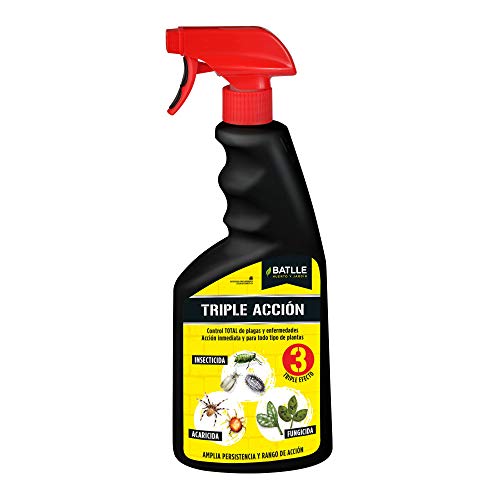
If the temperature stabilizes in spring, it is good to take it out to a terrace or garden to a place where there is good shade. Trying to get rainwater on it is a great way to clean it up and exercise control. This will help keep the pesky mealybug at bay.
aphids
Similarly, it is invaded by aphids, black or green intruders that stick to the undersides of the leaves, as well as the most tender buds of this loyal plant.
Among the causes of its appearance are significant rises in temperature, with the presence of great heat, but also excess irrigation and lack of nutrients are an exceptional breeding ground for this pest that is so persistent in its destructive power.
When they invade mainly the leaves, they generate great weakness in the plant, which loses vigor, stops growing and does not bloom, since the aphids extract all the sap they can with the help of a kind of beak that they stick into the plant.

This also generates deformations in the shoots, leaves and stems. And they also secrete a sticky substance that attracts other innocent insects, such as ants. There are several ways to combat them, but it is always wise to consult the experts.
In spring and summer a specially indicated insecticide is usually applied. But if the infestation is not great then all its leaves can be washed with an insecticide or potassium soap.
Another solution is to apply products of organic origin, such as a nettle-based infusion. Or exercise natural control by introducing wasps, ladybugs, their staunch enemies.
Spider or red spider
It is the culprit of a yellow pigmentation in the leaves. It appears when the environmental humidity is very low. They are mites that affect many different types of horticultural crops and ornamental plants and form colonies on the underside of leaves, although they can spread throughout the plant. The use of potassium soap as soon as they are seen prevents their spread.
Maybe you are also interested in:

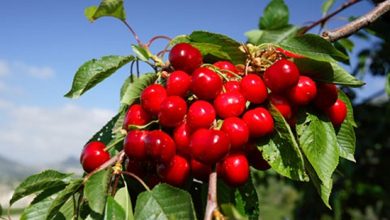
![Photo of 4 Avocado Pests and Diseases: [Causes and Solutions]](https://www.complete-gardening.com/wp-content/uploads/2022/08/4-avocado-pests-and-diseases-causes-and-solutions-390x220.jpg)
![Photo of El Tajinaste: [Planting, Care, Irrigation, Substrate, Characteristics]](https://www.complete-gardening.com/wp-content/uploads/2022/08/el-tajinaste-planting-care-irrigation-substrate-characteristics-390x220.jpg)
![Photo of How to Plant Yam: Complete Guide + [Images and Step by Step]](https://www.complete-gardening.com/wp-content/uploads/2022/08/how-to-plant-yam-complete-guide-images-and-step-by-step-390x220.jpg)